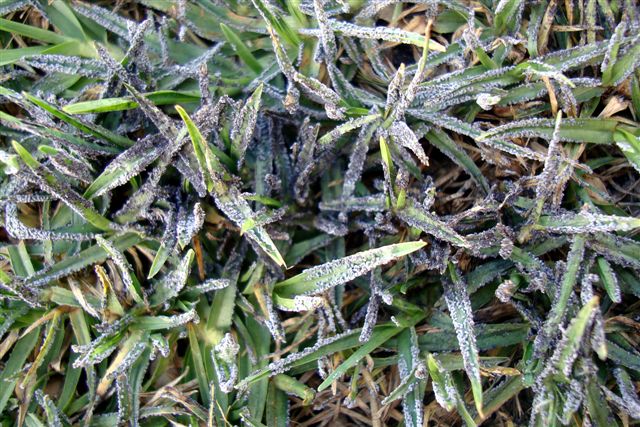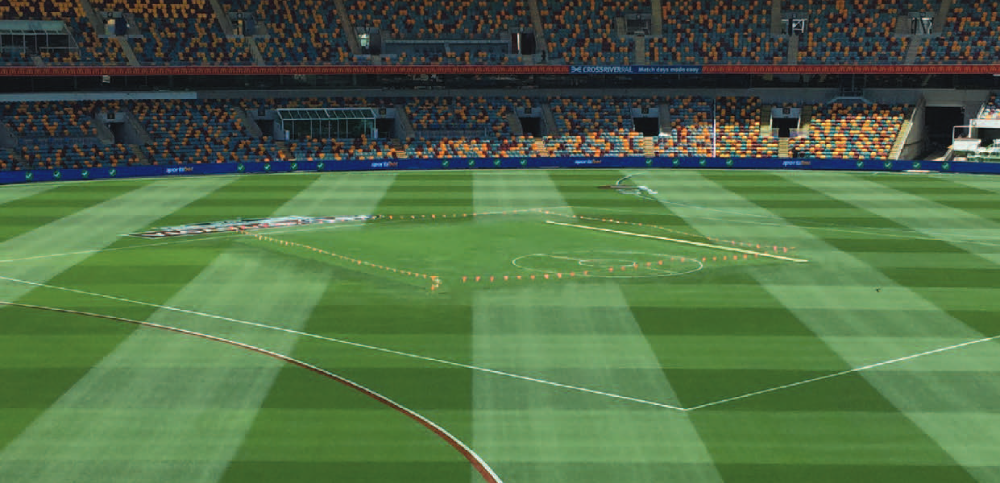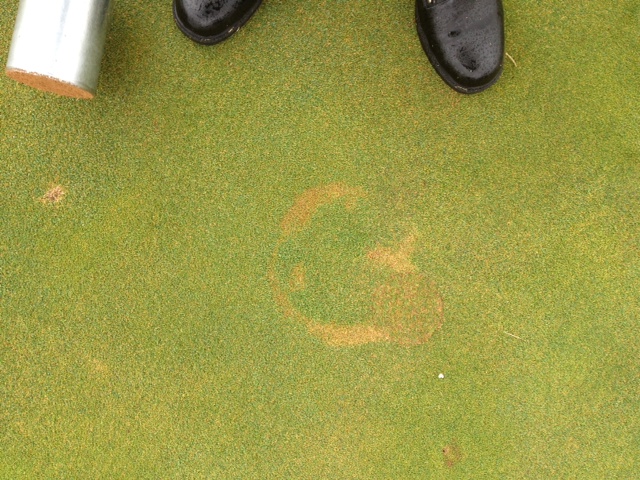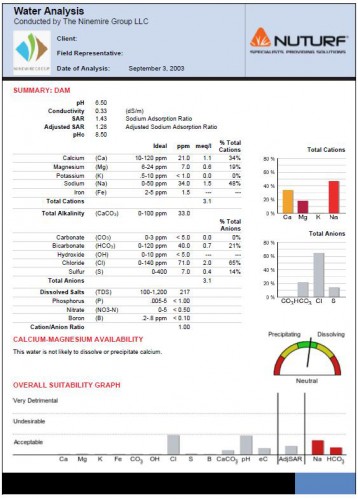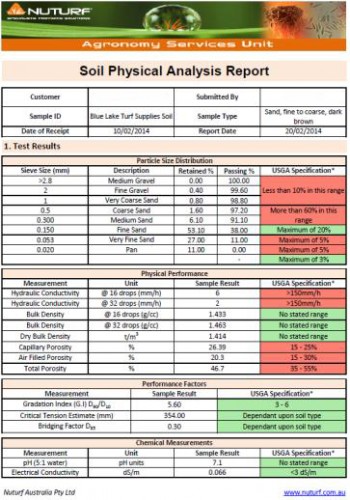Ground Pearl
Ground PearlSCIENTIFIC NAME:Margoroides spp. ORDER:Hemiptera How to identify Ground Pearl:Ground pearl can be identified by either their immature or mature forms:
What is the lifecycle and biology of Ground Pearl?Overwintering takes place in the ground pearl stage. Females usually reach maturity in late spring and emerge from their cysts. After a brief period of mobility, the wingless females settle 5 to 7.5 cm deep in the soil and secrete a waxy coat. Within this protective covering, females develop eggs (without mating) and deposit them throughout early summer. Approximately 100 eggs are laid by each female. The slender nymphs emerge in mid-summer and infest grass rootlets. Once they initiate feeding, nymphs soon develop the familiar globular appearance. There is usually one generation each year. However, if conditions are not favourable for emergence, female nymphs may remain in the ground pearl stage for several years. |
|
|
Damage Caused by Ground PearlThe ground pearl nymphs extract juices from underground plant parts. The damage is most apparent during dry spells when irregularly shaped patches of grass turn yellow. Turf affected by ground pearl in these patches eventually turns brown and dies. This often occurs in couch grass bowling greens, resulting in devastating damage and the loss of large areas of turf. Management Tips for Ground PearlNo insecticide is currently specifically registered for the control of ground pearl. Although insecticides such as Supracide, Maldison, Dimethoate and Bifenthrin have known efficacy. |










